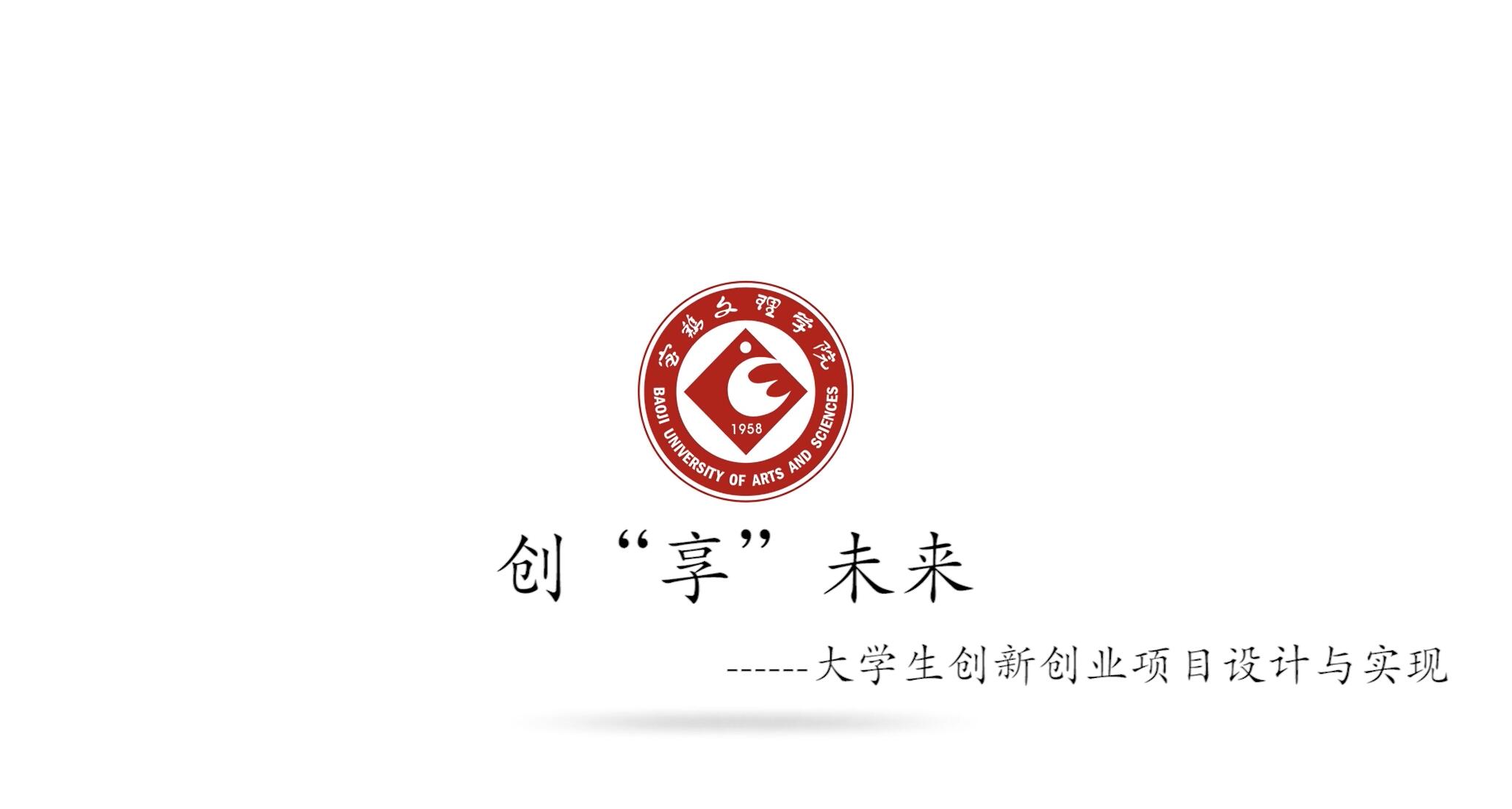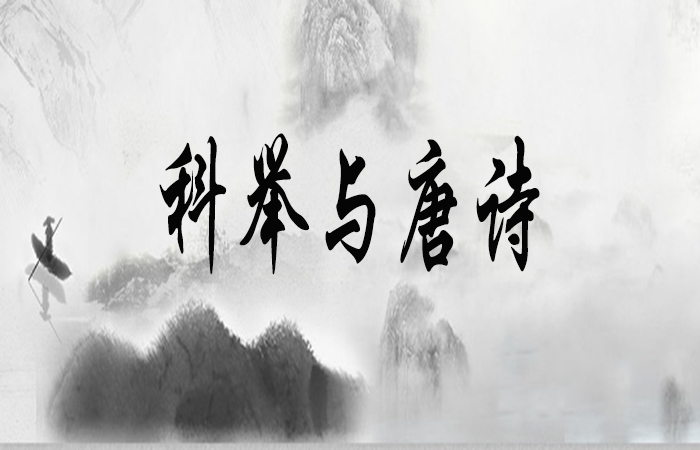
当前课程知识点:Diagnostics in Chinese Medicine > Week 4 Basic Theory of Chinese Medicine 4: The theory of etiologic factor > 4.1 Six exogenous factors > 4.1.3 Nature and pathogenicity of summer heat and damp
返回《Diagnostics in Chinese Medicine》慕课在线视频课程列表
返回《Diagnostics in Chinese Medicine》慕课在线视频列表
同学们好 下面我们学习
暑邪的性质和致病特点
暑邪
是指的夏至以后 立秋以前
自然界中夏季火热的外邪
暑邪具有明显的季节性
只有在夏至以后 立秋之前 这个季节才会有暑热之邪
暑邪致病 如果起病比较缓和 病情比较轻的我们称为伤暑
如果发病比较急而病情比较重的 我们又称为中暑
暑邪 只有外邪 没有内暑之说
下面我们来学习暑邪的性质和致病特点 主要有三个
暑为阳邪 其性炎热
暑性升散 最易伤津耗气
暑多挟湿
暑邪第一个性质和致病特点 暑为阳邪 其性炎热
这里的阳邪是指
暑为夏季的火热之邪
而火热属阳
所以暑邪
就是属阳热性质的
所以暑邪引起的病变
通常是以阳热过于亢盛的病症为主
表现出以
大热 高热 壮热
也就是我们通常所说的发高烧的主要症状
同时还有心烦 面赤 脉洪大等等
这些阳热过于亢盛的症状
暑邪第二个性质和致病特点就是
暑性升散 最易伤津耗气
暑为阳邪
它具有向上升 向外散的特性
所以暑邪
可以使人体的肌腠毛孔开泄 使汗出过多
而出现大汗
大汗之后 津液不足
而出现口渴喜饮 尿少 尿短 尿赤等等
同时 津液大量的丢失
气随津泄 气也会随之津而丢失
而出现耗气的气虚表现
会出现气短乏力 甚则昏倒的症状
由此我们可以看出来 伤暑的人
除了表现为发高烧(高热)
大汗之外还会出现口渴 尿少 气短乏力的症状
严重者会出现昏厥的中暑症状
暑邪的第三个致病特点 暑多挟湿
夏天 不仅气候炎热
而且常常多雨而潮湿
所以暑邪
常常会挟着湿邪侵犯人体
所以暑湿证的表现
除了暑热症之外 还有湿困症
暑热症表现出 大热 大汗 大渴 脉洪大的主要症状
而湿困症
则以四肢困倦 胸闷 呕恶
大便溏泻不爽
苔腻为主要表现
如果暑热症和湿困症同时具有
也就是我们所说的暑湿症
以上是暑邪的性质和致病特点
下面我们来学习一下湿邪的性质和致病特点
湿邪是自然界中间具有水湿之
重浊 黏滞 趋下特性的外邪
湿 是长夏季节的主气
长夏是指的夏秋之交 天气最炎热的时候
有同学会问
春天也有很潮湿
为什么湿不是春天的主气
其实 春天的湿 主要是在梅雨季节 天气非常潮湿
这的确也是属于湿邪
但是这种湿哒哒的回南天
持续的时间并不长
而夏季
尤其是长夏之际
天气最炎热的时候 我们会感觉到
皮肤表面总是时刻黏附着一层
粘乎乎的东西
那就是湿邪
所以湿邪
尤其是在南方 天气最热的季节里面
湿气也最重
湿邪 可分为外湿和内湿
外湿通常来自于气候潮湿
涉水淋雨 居住环境的潮湿等等
而内湿 通常是属于脾失健运
导致了水湿停聚而引起了内湿
无论是外湿还是内湿 他们都具有以下四个性质和特点
湿为阴邪 易困脾阳 易阻气机
湿性重浊 湿性黏滞
湿性趋下 易袭阴位
湿邪第一个性质和致病特点
湿为阴邪 易困脾阳 易阻气机
湿邪首先为阴邪
我们前面讲过寒邪属于阴邪
而湿是另外一种阴邪
湿邪最容易困阻脾阳
最容易阻滞气机 导致脾运化失常
脾不运化水谷 会表现出 纳少 腹胀 便溏的症状
可能会伴有呕吐
脾不能运化水液 会出现水湿停聚引起的
水肿 尿少 腹水 等等
湿邪容易阻滞气机
阻滞上焦气机 清阳不升 会表现出 头痛 头昏 头重
以及胸闷的症状
湿邪困阻中焦脾胃
运化失常 会表现出
脘腹胀满 大便不爽的症状
湿邪停滞在下焦
使膀胱气化不利 会出现小腹胀满
小便涩滞不畅的症状
湿邪第二个重要的致病特点 就是湿性重浊
重 是指的沉重感
也就是湿邪引起的病症
表现以沉重为主要症状
比如 湿邪伤头 会导致头昏重
我们通常描述为如物蒙裹
湿邪困阻肢体
会导致四肢酸痛沉重 困倦
湿邪困阻关节 会导致关节重痛 屈伸不利
如果一个人因为湿邪为病 而出现头重
身重 关节沉重的症状
他最想做的一件事情是什么
对了
他最想做的事情就是想睡觉 就是嗜睡
因此凡是因为头重
身重 关节重而容易嗜睡的人
这就是湿邪引起的病症
浊 即秽浊不清
是指湿邪引起的排泄物和分泌物 秽浊不清
比如 湿邪在头面部
引起面部的污垢多 像没洗脸的一样
眼屎比较多
舌苔很厚很腻
湿浊留于胃肠
会导致便溏或者下痢脓血粘液
湿邪下注 会导致小便浑浊
妇女黄白带下
湿邪留注于皮肤 会导致疮疡 湿疹等等
这是湿邪引起的病症中间
第二个性质和致病特点
湿邪第三个致病特点 就是湿性黏滞
黏滞指的是黏腻阻滞
它有两个方面的特点
一是 症状的黏滞
湿邪引起的病症
通常会表现为大便黏滞不爽 小便涩滞不畅
分泌物黏腻不爽 苔黏腻等等症状
第二是 病程是缠绵难愈
湿邪引起的疾病 病程长 起病慢
传变慢
反复发作 难以速愈
病来如山倒 病去如抽丝
就可以形容湿邪引起的病症特点
这也告诉我们
湿邪引起的病症 是很难在短时间内把它治好的
湿邪的第四个性质和致病特点
就是湿性趋下 易袭阴位
这是因为湿像水的性质 它总是往低处走
所以它最容易袭击人体的下部
阴位 会导致人体下部的水肿 或者下焦的
带下 淋浊 泄痢等等湿邪下注的病症
以上是湿邪的性质和致病特点
本节课就讲到这里
-Introductory remark
--QQ groups、WeChat public account
-Introduction
--【Discussion 1】Why do you want to take this course?
-Unit test for Introduction
-1.1 Yin-yang theory
-1.2 The theory of five elements
--1.2.1 The theory of five elements
--1.2.2 Application of the theory of five elements
-Frequently Asked Questions
-Unit test for week 1
-2.0 Outline
--【Discussion 2】How to understand the holistic view centered on the Zang Fu theory?
-2.1 Liver
--【Discussion 3】Why is repose more important than vigorous exercise in recuperation for patients with
-2.2 Heart
-2.3 Spleen
-2.4 Lung
--2.4 Lung
-2.5 Kidney
-2.6 Six fu organs
-Frequently Asked Questions
-Unit test for week 2
-3.1 Qi
--3.1 Qi
-3.2 Blood
-3.3 Body fluid
-3.4 The relationship of qi, blood and body fluid
--3.4 The relationship of qi, blood and body fluid
--【Discussion 4】A discussion about the theory of qi, blood and body fluid
-Frequently Asked Questions
-Unit test for week 3
-4.0 Outline
-4.1 Six exogenous factors
--4.1.2 Nature and pathogenicity of wind and cold
--4.1.3 Nature and pathogenicity of summer heat and damp
--4.1.4 Nature and pathogenicity of dryness and fire
-4.2 Etiology of visceral impairment
--4.2 Etiology of visceral impairment
-Frequently Asked Questions
-Unit test for week 4
-5.0 Outline of inquiry
--【Discussion 5】If you were a patient, how would you describe your condition to your doctor first?
-5.1 Inquiry of Chills and fever
--5.1.1 Chills and fever(Aversion to cold with fever)
--5.1.2 Chills and fever(Chills without fever)
--5.1.3 Chills and fever(Fever without chills)
--5.1.4 Chills and fever(Alternative chills and fever)
--【Discussion 6】How to understand "if you have clinical manifestations of cold, that is exterior syndr
-5.2 Inquiry of perspiration
-Frequently Asked Questions
-Unit test for week 5
-5.3 Inquiring of pain
--【Discussion 7】How to understand "stagnation leading to pain and innourish leading to pain"?
-5.4 Inquiring of head, body, thorax and abdomen
--5.4 Inquiring of head, body, thorax and abdomen
-5.5 Inquiring of ears and eyes
--5.5 Inquiring of ears and eyes
-5.6 Inquiring of sleep
-5.7 Inquiring of food and drink, appetite and taste
--5.7 Inquiring of food and drink, appetite and taste
-5.8 Inquiring of defecation and urination
--5.8.1 Inquiring of defecation
--5.8.2 Inquiring of urination
-5.9 Inquiring of infantile and women's disease
--5.9 Inquiring of infantile and women's disease
-Unit test for week 6
-6.0 Outline of Observation
--【Discussion 8】Please use the whole body inspection (including the expression, complexion and figure)
-6.1.1 Observation of vitality
--6.1.1 Observation of vitality
-6.1.2 Observation of the color
--6.1.2.1 The content, principles of inspection of the color
--6.1.2.2 Indication of diseases by five colors
--【Discussion 9】How do you understand the normal complexion of a normal people?
-6.1.3 Observation of the appearance
--6.1.3 Observation of the appearance
-6.1.4 Observation of figure and posture
--6.1.4 Observation of figure and posture
-Unit test for week 7
-6.2.1 Observation of head and face
--6.2.1 Observation of head and face
-6.2.2 Observation of five sensory organs
--6.2.2.1Observation of five sensory organs(observation of eyes,ears,nose)
--6.2.2.2Observation of five sensory organs(observation of lips,teeth and gums,throat)
-6.2.3 Observation of body
-6.2.4 Observation of limbs
-6.2.5 Observation of two lower orifices
--6.2.5 Observation of two lower orifices
-6.2.6 Observation of skin
-6.3 Observation of excreta
-6.4 Observation of infantile fingerprints
--6.4 Observation of infantile fingerprints
-Frequently Asked Questions
-Unit test for week 8
-7.1 Outline of tongue inspection
--7.1.1 The morphology and structure of the tongue
--7.1.2 The principle of tongue examination
--7.1.3 The method and precaution of tongue examination
--7.1.4 The content of tongue examination, normal tongue
-7.2 Inspection of tongue structure
--7.2.1 Observe the color of tongue
--7.2.2 Observe the shape of tongue
--7.2.3 Observe the states of tongue
--7.2.4 Observation of sublingual vein
-7.3 Observation of tongue coating
--7.3.1 Observation of coating texture
--7.3.2 Observe the color of coating
-7.4 Clinical significance of tongue diagnosis
--7.4 Clinical significance of tongue diagnosis
--【Discussion 10】Why to observe the tongue can be used to diagnose disease?
-Unit test for week 9
-8.1 The principle of pulse examination
--8.1 The principle of pulse examination
-8.2 The regions and methods of pulse examination
--8.2 The regions and methods of pulse examination
-8.3 The elements of pulse examination and the normal pulse
--8.3 The elements of pulse examination and the normal pulse
-8.4 Characteristics and significance of pulse
--8.4.1 Superficial pulse, deep pulse, slow pulse, rapid pulse
--8.4.2 Surging pulse, thin pulse, long pulse, short pulse
--8.4.3 Feeble pulse, forceful pulse, slippery pulse, uneven
--8.4.4 Taut pulse, tense pulse,soggy pulse, moderate pulse
--8.4.5 Knotted, slow-regular-intermittent, irregularly abrupt
-8.5 Similar pulse, concurrent pulse, pulse indicating deterioration of visceral qi۞
--8.5 Similar pulse, concurrent pulse, pulse indicating deterioration of visceral qi۞
--【Discussion 11】Why is complex pulse more common than single-factor pulse?
-8.6 Women’s pulse, children’s pulse
--8.6 Women’s pulse, children’s pulse
-8.7 The clinical significance of pulse diagnosis
--8.7 The clinical significance of pulse diagnosis
-Unit test for week 10
-9.1 Listening
-9.2.1 Abnormal sound
-9.2.2 Abnormal language
-9.2.3 Respiratory abnormality
--9.2.3 Respiratory abnormality
-9.2.4 Cough
--【Discussion 12】How to observe the patient's cough sound and sputum changes to determine whether the
-9.2.5 Abnormal sounds of the stomach and intestines
--9.2.5 Abnormal sounds of the stomach and intestines
-9.3 Smelling
--【Discussion 13】How to diagnose by smelling?
-Unit test for week 11
-10.1 The method, meaning and precautions of palpation
--10.1 The method, meaning and precautions of palpation
-10.2 Contents of palpation
--10.2.1 Palpating chest and hypochondrium
--10.2.2 Palpating stomach and abdomen
--10.2.4 Palpating hands and feet, palpating acupoints
--【Discussion 14】How to determine whether external or internal injuries?
-Unit test for week 12
-Conclusion
-Final Exam
--Final Exam

